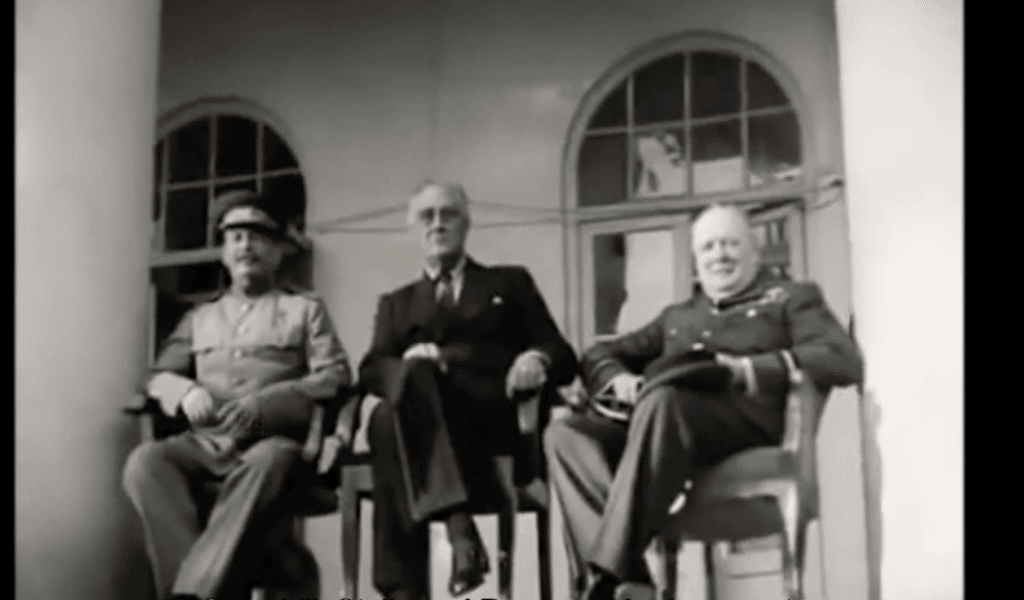Dir.: Farnaz Jurabchian, Mohammadreza Jurabchian; Documentary with Nassrin Mirsadeghi, Houssein Mirsadeghi, Mohammad Mirsadeghi; Iran/France/Canada/Philippines/ Qatar 2022, 100 min.
A striking Art Deco villa in Tehran becomes ‘silent witness’ to four decades of Iranian history in a revealing new documentary from the sibling filmmakers who grew up there during the Islamic revolution and beyond.
Farnaz and Mohammadreza Jurabchian spent nearly their whole lives in a palace once owned by Esmat Dowlatshahi, the fourth and final wife of Reza Shah Pahlavi (although the marriage was never officially recognised). The property came into the family when their grandfather, a local trader, decided he had to possess it. His own passion for photography was soon shared by his daughter Nassrin, and later by his grandchildren who would eventually become independent filmmakers, honing their craft in and around their impressive family home.
Silent House unfolds entirely within the confines of the villa, its proximity to the Shah’s official residence, the Sa’dabad Palace, restricted the cameras from roaming further afield. But the family story speaks volumes painting a colourful picture about their life and times. Enriched with personal reflections and archive material from TV and film, the doc provides a potted political and social history of post 1979 revolutionary Iran across three generations.
Their grandmother made her home comfortably on one floor of the building surrounded by gardens and a brood of cats. Growing up the daughter of a wealthy and religious family, she was married off at only thirteen to a much older, middle class, man who put an end to her studies and ballet lessons: “He was mean and treated me like dirt. He beat up any man who looked at me – and he was unfaithful”. But the couple lived there together for fifty years and had six children.

Her daughter Nassrin is an enterprising, over-achiever. But her own husband’s sudden death in the north of Iran forced her to become a single parent. Undeterred, she was soon finding ways to keep the family coffers replenished by turning the tennis courts into a country club. But despite her industriousness, her own mother wanted her younger brother Hossein to take over the running of the house until Nassrin found herself back in control after he was conscripted into the Iran-Iraq war. Hossein came back shell-shocked and suffering from severe PTS and soon cloistered himself in a cottage in the garden, where he later died.
Nassrin had meanwhile joined the 1979 revolution, even taking baby Farnaz with her to meetings where she wore army fatigues and taught her to sing revolutionary songs. Many houses were confiscated by the regime, and Farnaz’ grandfather had to buy back his house for the second time, forcing him into bankruptcy. He died shortly afterwards, of grief.
Nassrin had by now turned herself into a filmmaker and bequeathed a camera to her children. Her father’s funeral, a stately affair attended by all the local traders, is her personal cinematographical tribute to the family’s history. The house then underwent extensive renovations and Nassrin turned it into a film studio – with the fixtures and fittings providing the props. It made a perfect set for many feature films, with the family appearing in bit parts – “everyone in the house became part of the film set”. In 2005 it provided the location for Masud Kimiai’s feature The Command and later Ziaeddin Dorri’s The Pahlavi Hat series. The siblings then started to make their own short films.
Ever ambitious, Nassrin moved on to education, becoming director of the PBO Kindergarten in charge of 144 children and over 2000 employees. During the Iran-Iraq war, Nassrin had banned TV for her children, preferring them to watch light-hearted dramas such as The Sound of Music. Soon they were real cineastes. And while their mother was developing an interest in running for President during the 2009 elections, civil was breaking out, and Farnaz was encouraged to leave Iran.
In Montreal, Farnaz decided to enrol in film school rather than study engineering. “But whenever I wanted to shoot something, I had visions of home”. Meanwhile Mohammadreza had stayed in Tehran and was studying photography. The siblings (and their cameras) were re-united in the villa when their mother’s eldest brother Mohammad arrived. He had left Iran forty years previously to live in the UK.
A family wedding is the last hurrah for the palace, their grandmother died shortly afterwards in her late eighties. The siblings film her non-stop during the last days of her life; “that was all we could do for her”. During her funeral, the cats roamed freely throughout the property, finally making a home for themselves in the house. Nassrin gives in to the demand of the rest of the family to sell. And prospective buyers are filmed, looking round a house where in 1943 Roosevelt, Churchill and Stalin once carved up the world.

DoP Mohammadreza Jurabchian’s camerawork certainly improves during the long Gestalt period. Personal and political events interweave seamlessly, the mood is melancholic in this unique combination of social history and personal tragedy, as well as happy times.
The authorities in Tehran felt so threatened by the feature they refused to allow the directors and producers to attend the screening at the IDFA in Amsterdam on its world premiere. Another case of Iranian censorship taking the country backwards rather than forwards into the 21st century. AS
IDFA | INTERNATIONAL DOCUMENTARY FESTIVAL AMSTERDAM 2022


